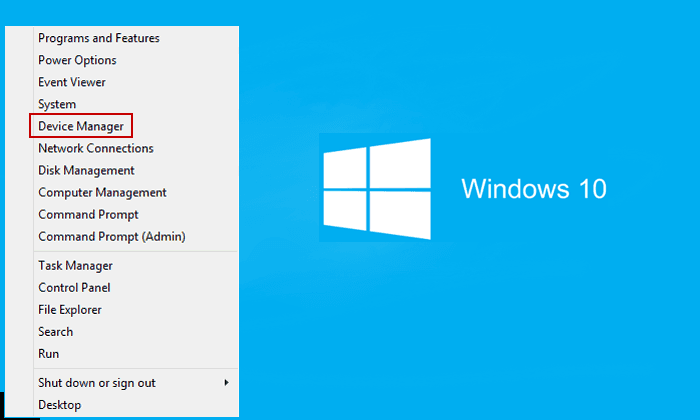Usb Flash Drive Drivers Windows 10
After upgrading the system to Windows 10, you find that your USB device cannot. Using Driver Easy to update drivers. Register the mouse or the USB drive. I just upgraded to Windows 10 last week. I have 2 drives.One is a Verbatim 32 GB & the other drive a Western Digital 120 GB external USB drive. Both are USB 2.0 (not.
If you’ve recently upgraded to Windows 10 and now one of your USB devices isn’t working, read on. Whether it’s a USB mouse, keyboard, pen drive, printer, or some other USB device altogether, this guide should resolve your problem. Note that there are 5 possible solutions here.
You may not need to try them all; just start at the top of the list and work your way down. Method 1: Check if the device itself is faulty If the USB device was working before you upgraded to Windows 10, it’s unlikely to be faulty. But coincidences do occur.
It’s certainly possible that your device just happened to die right at the same time that you upgraded Windows. So it’s best to rule that possibility out for sure before spending time on more complex troubleshooting. To check if the USB device is faulty, simply unplug it (‘Eject’ it if it’s a USB storage device) and plug it into another computer. If it works, the device is fine. Acer Drivers For Windows 10 Site Misyota Com. If it doesn’t, then you’ve isolated the problem!
You just need to buy a replacement. Method 2: Check your power supply (laptop only) Your laptop’s power supply delivers power to your USB ports. If, for some reason, it fails to do this properly, the devices plugged into those USB ports may stop working. Sometimes, this can be fixed quite simply: 1) Unplug the power supply and charger plug from your laptop 2) Restart your laptop 3) Connect your USB device to the laptop again 4) Plug the power supply back in Method 3: Check your power management settings In order to save power, by default, Windows switches your USB controllers off when they’re not in use, and switches them back on again when they’re needed. Unfortunately, sometimes this approach doesn’t work as intended, and Windows fails to switch your USB controllers on again. To rule this out as the cause of your USB woes, just stop Windows from ‘managing’ power to your USB controllers and devices: 1) Open Device Manager (type “Device Manager” in the Windows search field) 2) Expand the Universal Serial Bus controllers branch 3) Double-click the first USB Root Hub device in the list (if you see only one USB Root Hub device, that’s fine) 4) Click the Power Management tab 5) Un-check the Allow the computer to turn off this device to save power checkbox, and click OK. 6) Repeat steps 3-5 for each USB Root Hub device in your list of Universal Serial Bus controllers Method 4: Check your USB device drivers Your USB ports not working problem is probably being caused by driver issues. The steps above may resolve it, but if they don’t, or you’re not confident playing around with drivers manually, you can do it automatically with.
Popular Articles:
Lenovo X230 Fingerprint Driver Windows 10 here.
